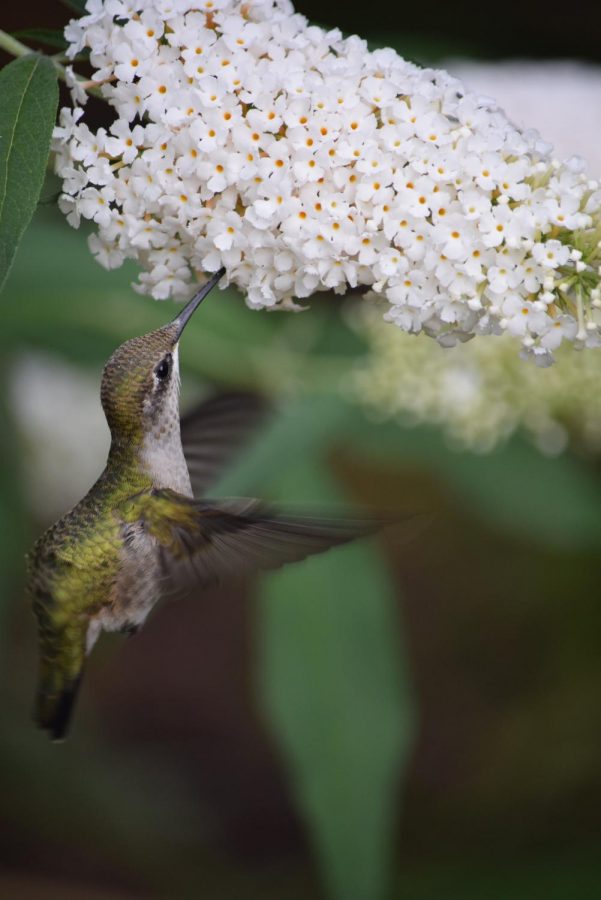Ever wonder how birds fly? Here’s how
While not all birds can fly, this story goes into the science of how birds are able to fly.
We see birds flying around almost every day, yet not that many people know what makes a bird able to fly. Well actually, to answer your question, there are multiple things that go into making a bird able to fly.
All flying bird must have lightweight, smooth feather which reduce the force of weight; a beak, bony jaws and teeth, which reduces the force of weight; an enlarged breastbone called a sternum for flight muscle attachment and helps the force of thrust; light bones to also reduce the force weight; a rigid skeleton to help with the force of thrust; a streamlined body to help reduce the force of drag; and, most importantly, wings to enable the force of lift.
The light bodies of birds help them to fly easily and, with the help of their strong arm and chest muscles, they flap their wings and fly.
Many bird owners have to struggle to prevent their pet birds from flying away. The most common ways to make sure your pet bird doesn’t fly away is to either clip their wings or keep them in a cage, and many people do both. Those who are against those types of restraints sometimes invest in a flight harness or flight suit with a tether.
Most birds fly between six and fifteen miles per hour. Depending on the species, they get tired and either rest on trees or on water. This is why you see a lot of birds’ nests in or around trees.
How fast and how far they can travel and how often they rest depends on the size of the bird. Typically, bigger birds tend to cruise at a faster speed than smaller birds because of their wings, but, smaller birds usually fly a lot quicker than larger birds because of their small bodies.
Not all birds can fly, though. Penguins, turkeys and ostriches, for instance, are a few of the more familiar flightless birds, although they can be airborne for short periods of time. There is a major difference between birds that can’t fly because of their species, and birds that can’t fly because of an injury. Some causes of birds being rendered unable to fly include broken or injured wings. If you encounter a bird who´s unable to fly, first observe the bird for a bit and see if it can walk, hop, or flap its wings. If it’s struggling, handle the bird as little as possible and approach it slowly. Put your hands around the birds shoulders, holding the wings folded against the body, pick the bird up and seek help from someone with experience. The Suisun Wildlife Center is a smart place to check if you need help with an injured bird (https://suisunwildlife.org/) and they can be contacted at 707-429-HAWK (707-429-4295).
If you find an injured baby bird that happens to be near an adult bird, do not attempt to hold it or give it food or water. Fortunately, a bird with a broken or injured wing, if provided with time and the right treatment, will be able to reach the skies again.

A staff writer for the Armijo Signal at Armijo High, Rylyn is responsible for writing two stories every month, as well as the other assignments that Ms.Herring...



